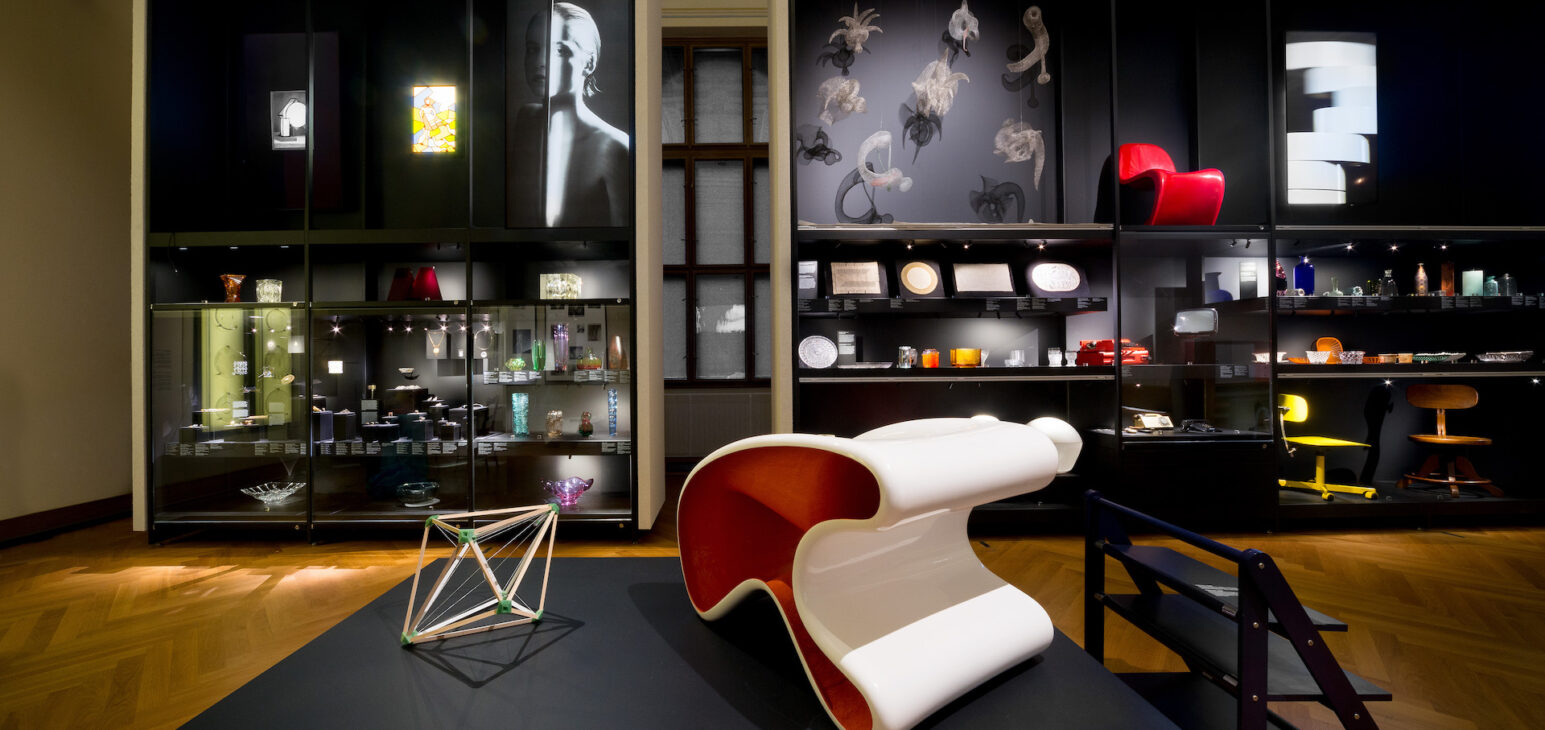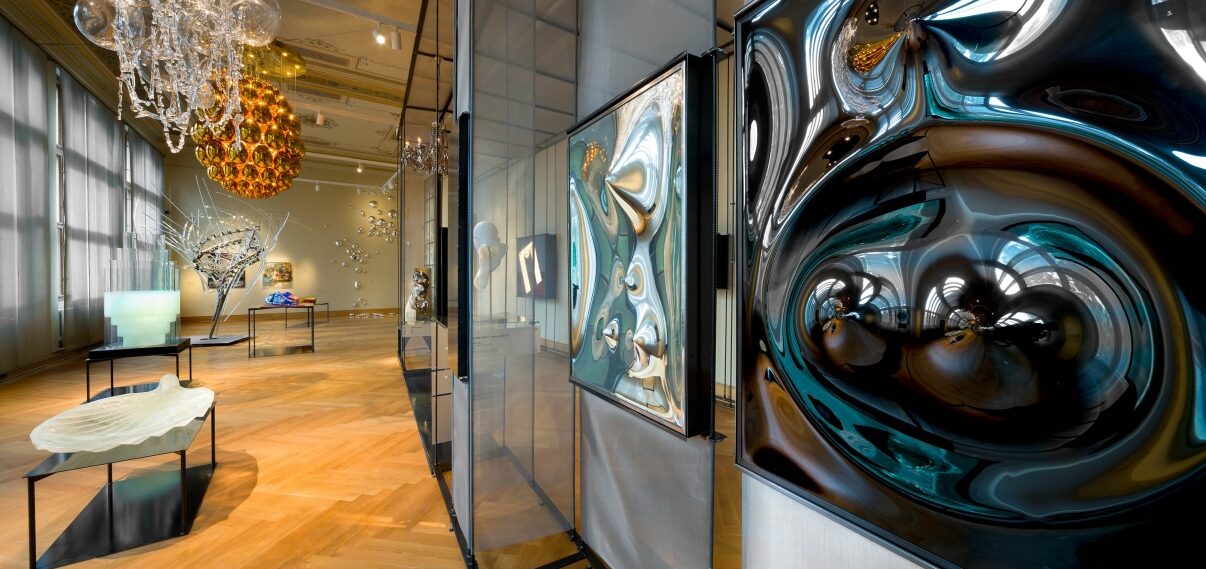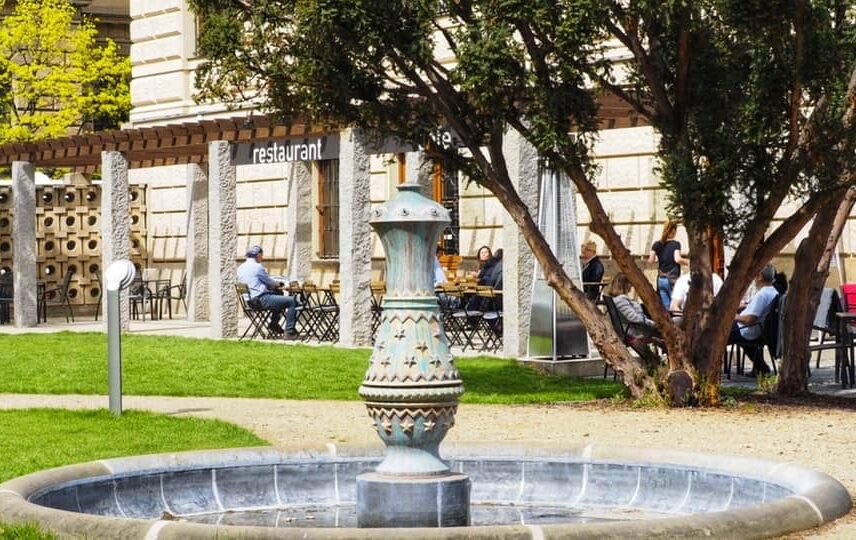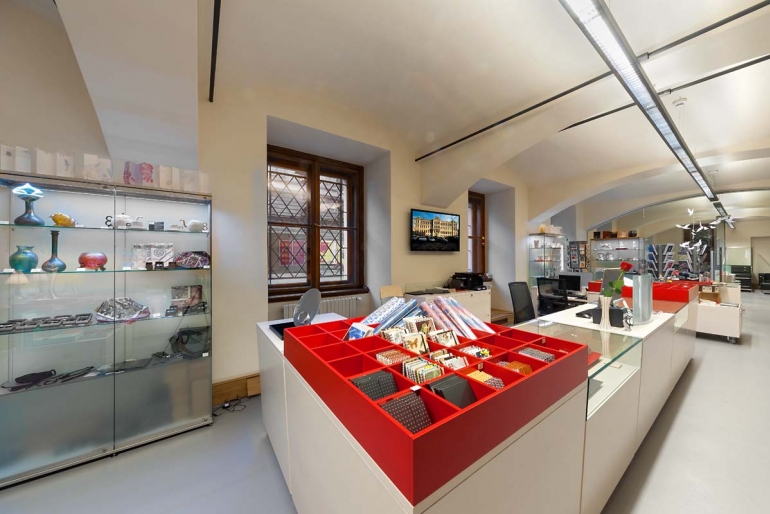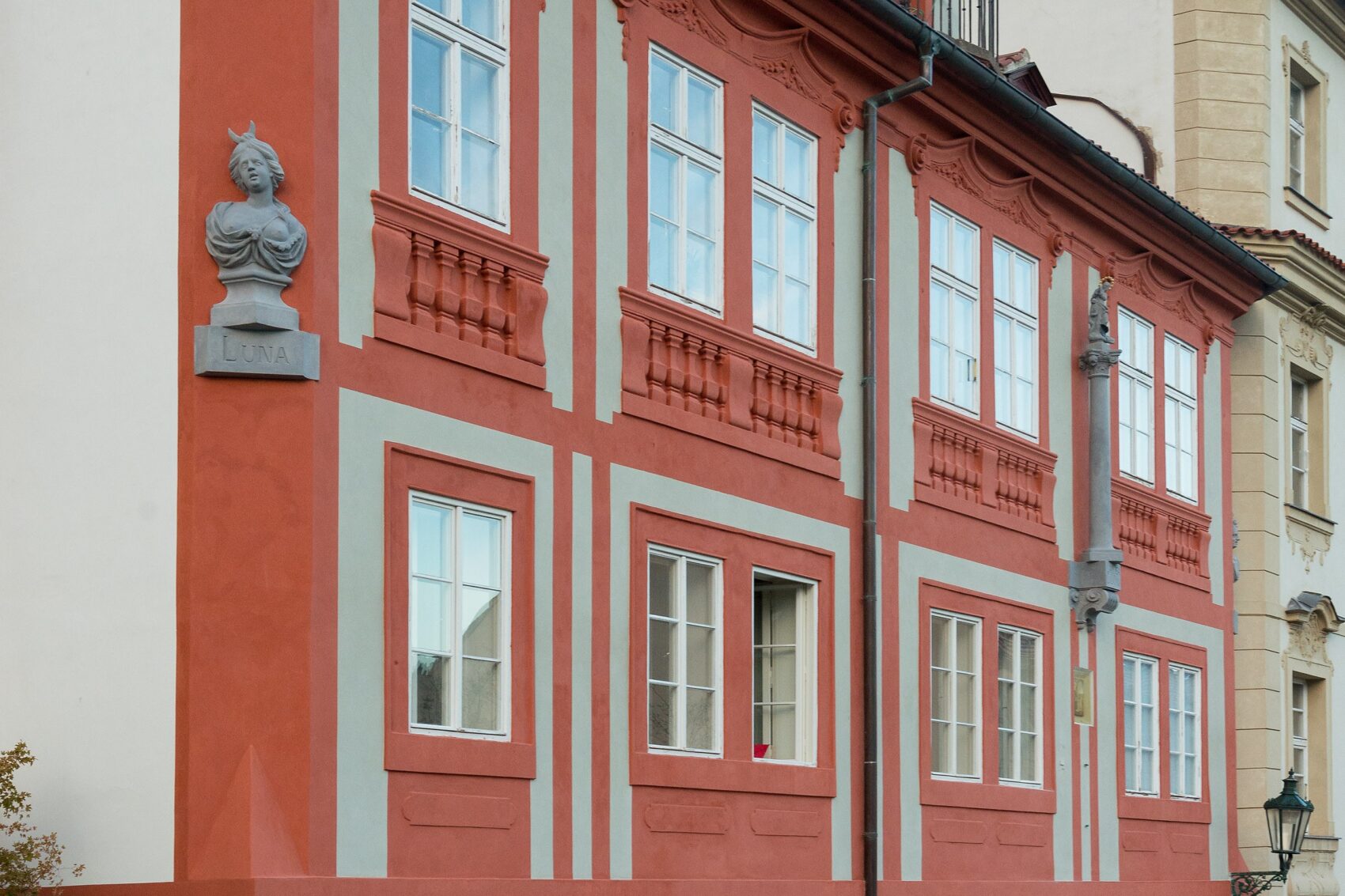AKTUÁLNĚ )
CHYSTÁME VÝSTAVU O HISTORII ČESKÉHO PORCELÁNU
Výstavu Český porcelán tří století otevřeme 25. dubna. K výstavě chystáme komentované prohlídky i přednášky. Více ZDE
ZÁMEK V KAMENICI JE OTEVŘEN
Zámek v Kamenici nad Lipou s expozicemi hraček a nábytku je v dubnu otevřen od úterý do pátku od 10 do 15 h, v sobotu a neděli od 10 do 17 h.

PAVEL BAŇKA V BENÁTKÁCH
Pro svou historicky první účast na Bienále v Benátkách si UPM vybralo fotografický projekt Pavla Baňky Chrámy Imaginace. . Více ZDE
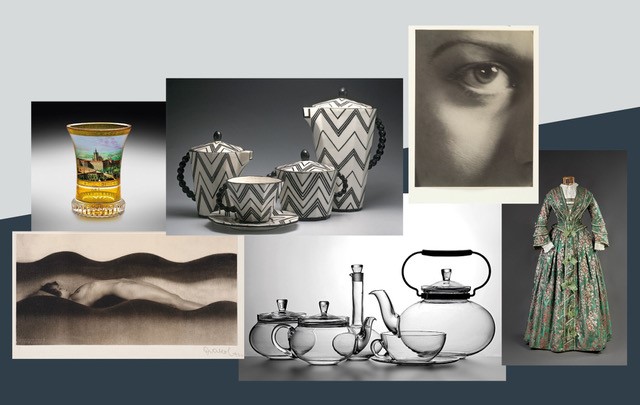
MOJE MUSEU(P)M
Věrnostní program nabízí neomezený vstup do výstav, vybrané komentované prohlídky i přednášky zdarma
